Baking Gluten-Free Bread at Home: Warm Loaves, Real Confidence
Today’s chosen theme: Baking Gluten-Free Bread at Home. Step into an inviting kitchen where the scent of fresh crust signals freedom, comfort, and possibility. Whether this is your first loaf or your fiftieth, we’ll guide you with clarity, kindness, and deliciously practical ideas.
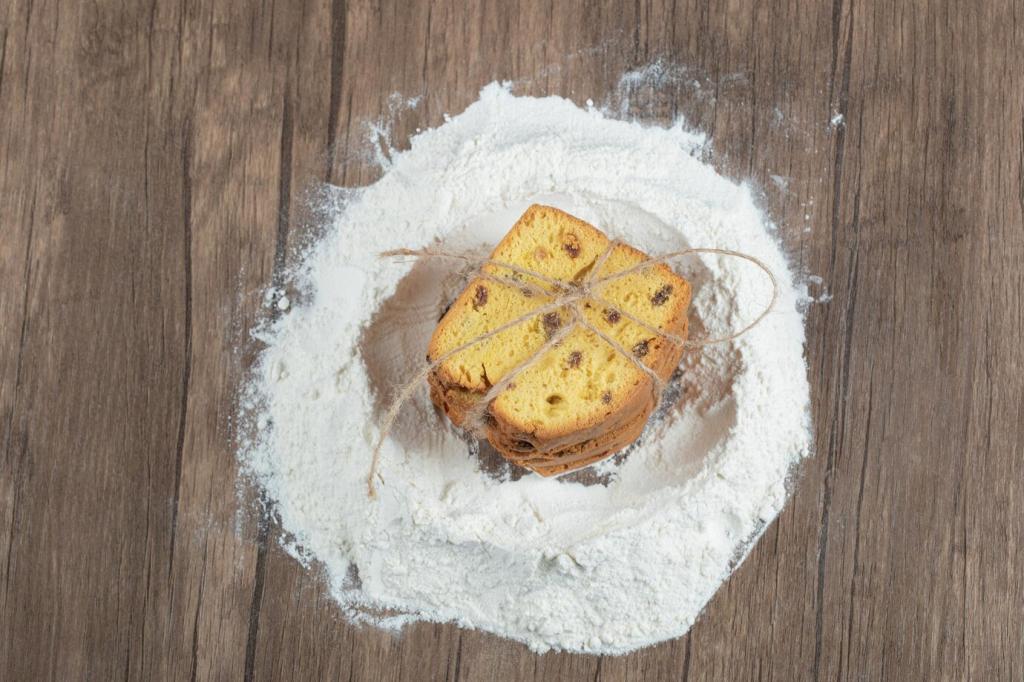
Gluten-Free Flour Fundamentals
Crafting a Balanced Flour Blend
Think of your blend as a team: rice flour brings lightness, sorghum adds body, buckwheat gives depth, and tapioca or potato starch boosts elasticity. Start with a 60% whole-grain to 40% starch ratio, then tweak to taste. Tell us which ratio made your loaf sing.
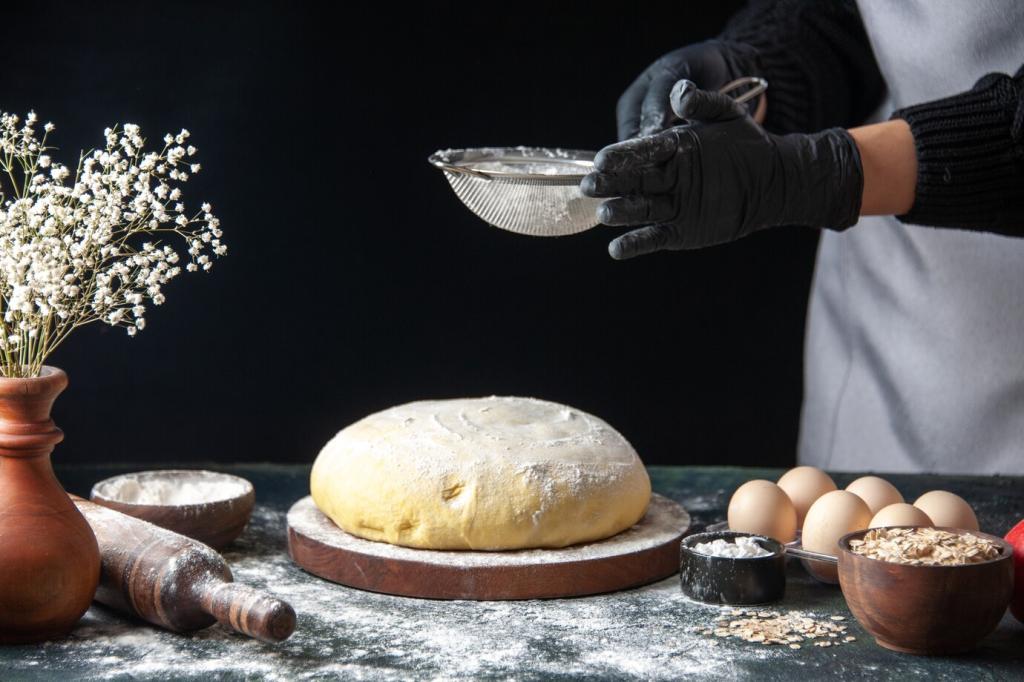
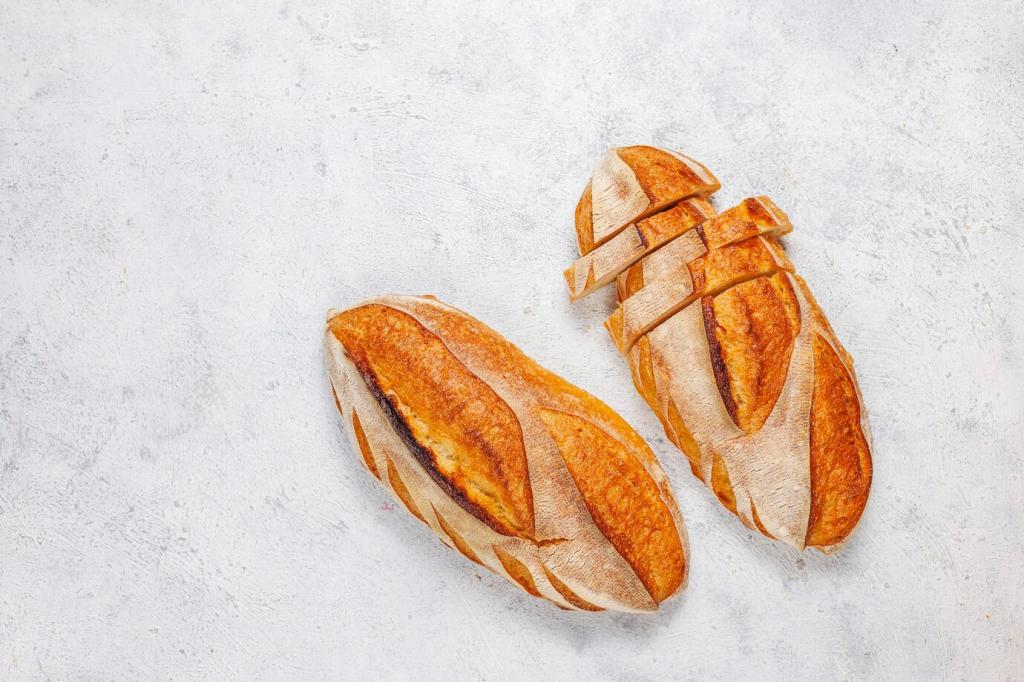
Hydration, Mixing, and Dough Feel
Whisk psyllium husk into warm water to form a gel before adding it to your dry mix. This simple step improves cohesion, traps bubbles, and reduces crumbling. If you film the moment your batter transforms, post it and tag us so others can see the magic in action.
Hydration, Mixing, and Dough Feel
A stand mixer offers even, gentle mixing that distributes hydration and binders quickly; hand mixing gives tactile feedback and control. Both work beautifully. Try three minutes on low in a mixer or five with a sturdy spatula, then tell us which method gave you a smoother rise.
Yeast and Fermentation for Lift
Instant yeast can go straight into your mix, while active dry likes a warm, lightly sweetened proof. Keep liquids around body temperature and watch for lush bubbles. One reader, Jamie, realized a five-minute proof saved countless loaves—share your aha moments to help someone else succeed tonight.
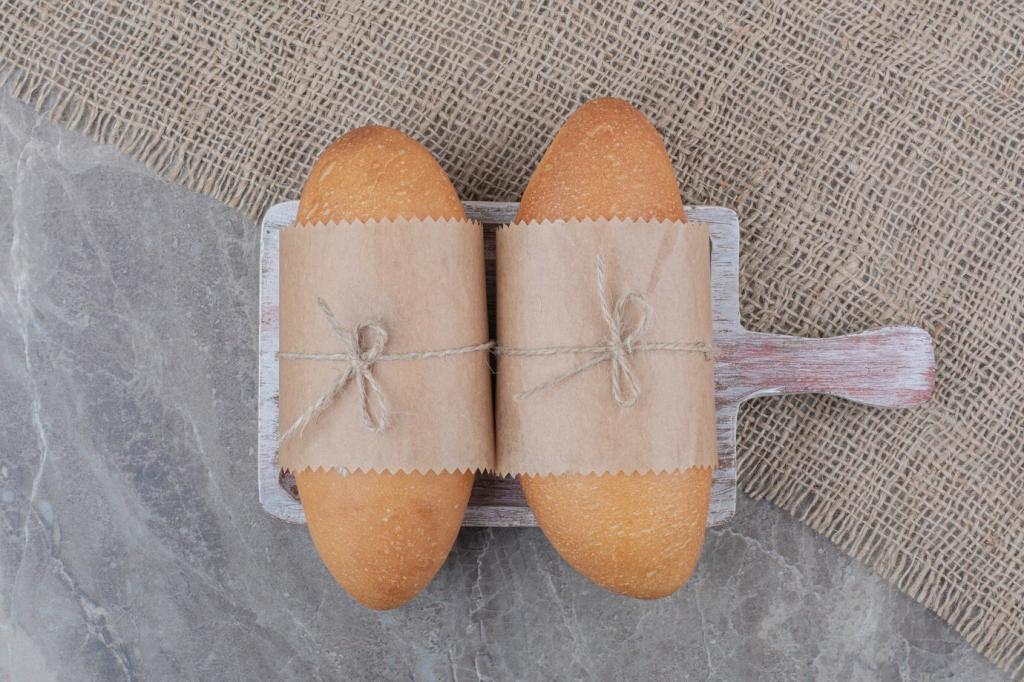
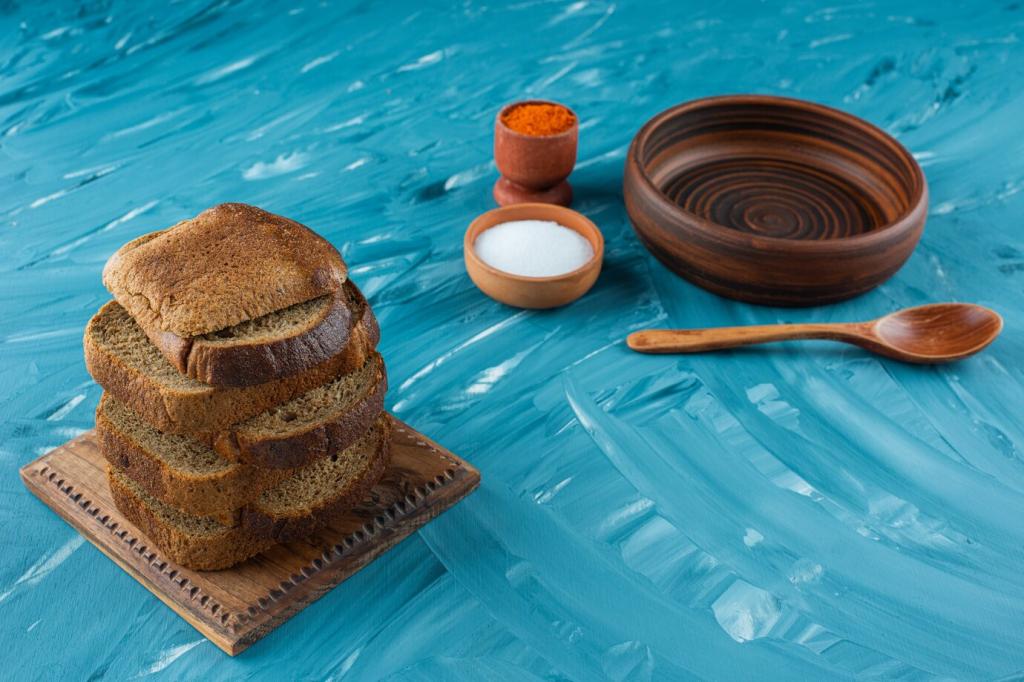
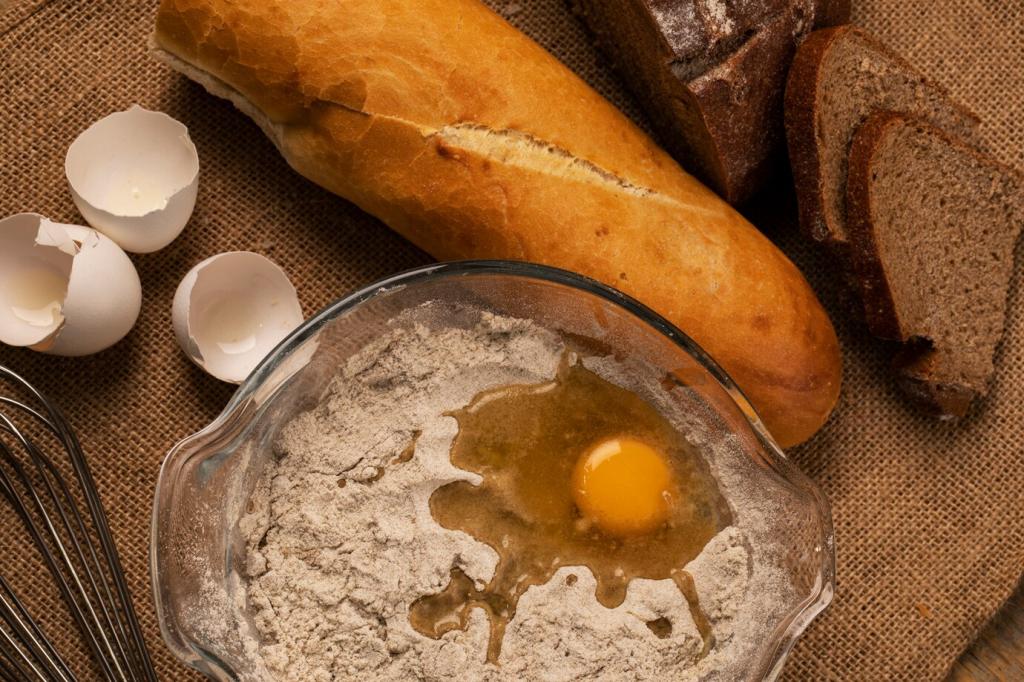
Flavor, Crust, and Better Nutrition
Sorghum, teff, and buckwheat bring minerals, fiber, and a satisfying toastiness. Sift coarse flours, hydrate fully, and pair with a mild starch to smooth texture. We love 20% buckwheat for a nutty hint—try it and tell us how your family rated the flavor and crumb.
Flavor, Crust, and Better Nutrition
Fold in toasted sunflower or pumpkin seeds for crunch, rosemary for aroma, and olive oil or butter for tenderness. A swirl of honey balances earthy flours. Consider lemon zest with thyme for a bright loaf. What’s your signature combination? Drop your recipe in the thread and inspire a neighbor.
Troubleshooting Sticky Crumbs and Dense Loaves
Gumminess often means underbaking or excess moisture. Extend the bake, reduce water slightly, and cool completely before slicing. A few minutes uncovered in the oven can dry the crust nicely. If this tip rescued your loaf, tell us the exact time and temp adjustments that worked.
Troubleshooting Sticky Crumbs and Dense Loaves
Collapse can follow overproofing or too little binder. Shorten rise time, strengthen with psyllium, and ensure even mixing. If tunnels appear, mix longer at low speed to distribute gas. Share your before-and-after crumb shots so newcomers can visualize the difference these tweaks create.
